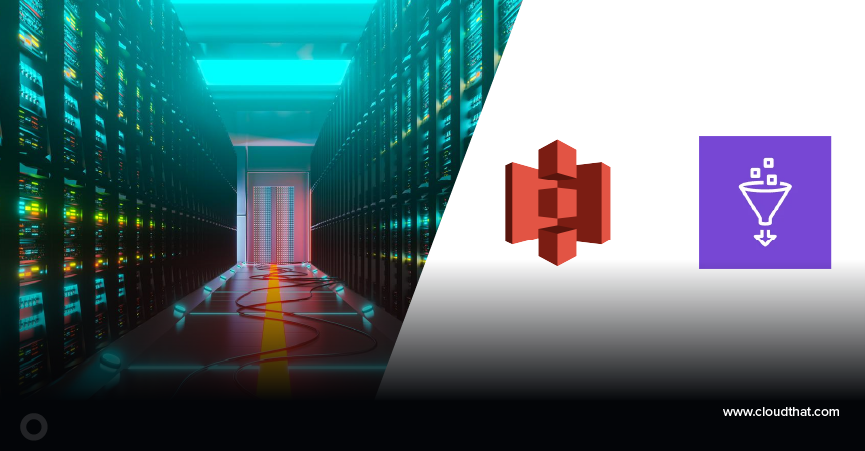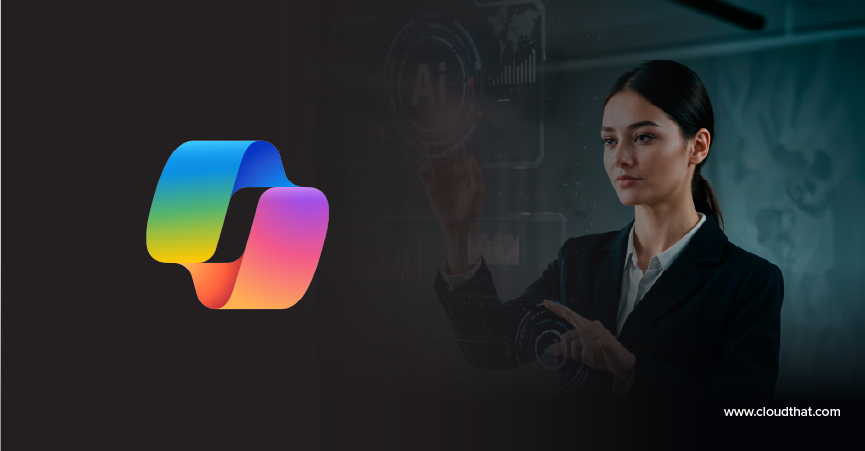|
Voiced by Amazon Polly |
Overview
In the realm of artificial intelligence, a revolutionary technology has been gaining immense traction in recent years – Generative AI, particularly in the form of Transformers. These models have redefined the landscape of natural language processing (NLP), computer vision, and beyond, ushering in a new era of creativity and innovation. In this blog, we delve into the fascinating world of Generative AI Transformers, exploring their capabilities, applications, and implications.
Pioneers in Cloud Consulting & Migration Services
- Reduced infrastructural costs
- Accelerated application deployment
Generative AI Transformers
Generative AI refers to algorithms and models capable of producing new content, whether text, images, music, or even entire virtual worlds, that is original and often indistinguishable from human-created content.
Transformers, a specific architecture within deep learning, have emerged as the backbone of many state-of-the-art generative AI models.
At the heart of Transformers lies the concept of attention mechanism, which allows the model to focus on different parts of the input data with varying degrees of emphasis.
This mechanism enables Transformers to handle sequential data more effectively than previous architectures, making them particularly well-suited for natural language understanding and generation tasks.
Applications of Generative AI Transformers
- Natural Language Processing (NLP)
In the field of NLP, Generative AI Transformers have revolutionized various tasks, including language translation, text summarization, and dialogue generation. Models like OpenAI’s GPT (Generative Pre-trained Transformer) series have demonstrated remarkable proficiency in understanding and generating human-like text across multiple languages and domains.
- Creative Content Generation
Generative AI Transformers have also been employed in creative endeavors, such as generating art, music, and literature. These models can learn the underlying patterns and structures of different art forms and produce original works that often astound and inspire. The possibilities are endless, from generating realistic images to composing intricate musical pieces.
- Virtual Assistants and Chatbots
Transformers form the backbone of many virtual assistants and chatbots, providing users with conversational experiences that are increasingly human-like and contextually relevant. These AI-powered agents can understand user queries, provide relevant information, and engage in meaningful dialogue, greatly enhancing user experience across various applications.
- Drug Discovery and Healthcare
Generative AI Transformers are being leveraged in healthcare for drug discovery, molecular design, and personalized medicine. These models can analyze vast amounts of biological data, predict molecular structures, and even suggest novel drug candidates, accelerating the pace of pharmaceutical research and development.
Challenges and Ethical Considerations
Despite their remarkable capabilities, Generative AI Transformers pose significant challenges and raise important ethical considerations. One of the primary concerns is the potential for bias and misinformation in the generated content, which can have real-world consequences if left unchecked. Ensuring the responsible development and deployment of these models is crucial to mitigate such risks.
Moreover, concerns surround the misuse of generative AI for malicious purposes, such as creating fake news, deepfake videos, or other forms of misinformation. As these technologies become more accessible, it’s imperative to establish robust safeguards and ethical guidelines to prevent abuse and protect societal well-being.
The Future of Generative AI Transformers
Looking ahead, the future of Generative AI Transformers is filled with promise and possibility. As research advances, we can expect even more sophisticated models capable of understanding and generating increasingly complex and nuanced content. These models will likely drive innovation across diverse fields, from entertainment and education to healthcare.
However, realizing this potential will require collaboration and coordination among researchers, developers, policymakers, and other stakeholders to address the technical, ethical, and societal challenges associated with these technologies. By fostering responsible innovation and promoting transparency and accountability, we can harness the power of Generative AI Transformers for the betterment of humanity.
Conclusion
Generative AI Transformers represent a paradigm shift in artificial intelligence, unlocking new realms of creativity, productivity, and understanding. From natural language processing and creative content generation to healthcare and beyond, these models can transform virtually every aspect of our lives. However, realizing this potential requires careful consideration of the ethical and societal implications and concerted efforts to ensure responsible development and deployment. By embracing innovation while upholding ethical principles, we can harness the power of Generative AI Transformers to create a brighter, more inclusive future for all.
Drop a query if you have any questions regarding Generative AI Transformers and we will get back to you quickly.
Empowering organizations to become ‘data driven’ enterprises with our Cloud experts.
- Reduced infrastructure costs
- Timely data-driven decisions
About CloudThat
CloudThat is an award-winning company and the first in India to offer cloud training and consulting services worldwide. As a Microsoft Solutions Partner, AWS Advanced Tier Training Partner, and Google Cloud Platform Partner, CloudThat has empowered over 850,000 professionals through 600+ cloud certifications winning global recognition for its training excellence including 20 MCT Trainers in Microsoft’s Global Top 100 and an impressive 12 awards in the last 8 years. CloudThat specializes in Cloud Migration, Data Platforms, DevOps, IoT, and cutting-edge technologies like Gen AI & AI/ML. It has delivered over 500 consulting projects for 250+ organizations in 30+ countries as it continues to empower professionals and enterprises to thrive in the digital-first world.
FAQs
1. What are the challenges associated with Generative AI Transformers?
ANS: – One of the primary challenges is the potential for bias and misinformation in the generated content, which can have real-world consequences if left unchecked. There are also concerns surrounding the misuse of generative AI for malicious purposes, such as creating fake news or deepfake videos. Ensuring responsible development and deployment is crucial to mitigate these risks.
2. What distinguishes Generative AI Transformers from other generative AI models?
ANS: – Generative AI Transformers are distinguished by their use of the Transformer architecture, which incorporates attention mechanisms for handling sequential data. This architecture allows them to capture long-range dependencies and generate more coherent and contextually relevant content than previous models.

WRITTEN BY Rachana Kampli
Rachana Kampli works as an AWS Data Engineer at CloudThat with expertise in designing and building scalable data pipeline solutions. She is skilled in a broad range of AWS services, including Amazon S3, AWS Glue, Amazon Redshift, AWS Lambda, Amazon Kinesis, AWS DMS, and Amazon QuickSight. With a strong foundation in data engineering principles, Rachana focuses on developing efficient, reliable, and cost-effective data processing and analytics solutions. In her free time, she keeps up with the latest advancements in cloud and data technologies and enjoys exploring new tools and frameworks in the data ecosystem.


 Login
Login


 March 19, 2024
March 19, 2024 PREV
PREV










Comments